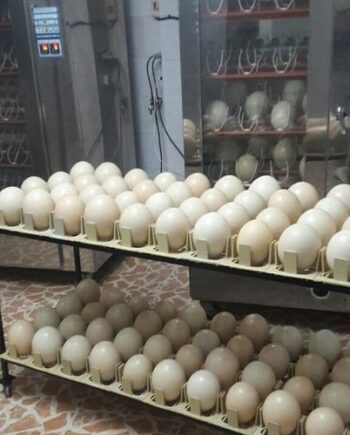Description
Baby Hyacinth Macaw
Baby hyacinth macaw is found primarily in riverside topical rain forest and palm swamps. Its habitat varies throughout its range, however, from seasonally moist forest with a broken canopy, to mature palm forest, to grassy marshes. The hyacinth macaw nests in holes in trees. The clutch size is two or three eggs, although usually only one fledgling survives.
Hyacinth Macaw For Sale
The hyacinth macaw eats seeds, nuts, fruits, and vegetable matter. Eight species of palm are central to its diet. Its exceptionally powerful bill, the largest of its kind in the world, allows it to eat otherwise inaccessible nuts and seeds. Macaws can eat some poisonous seeds and unripe fruits that no other animal can digest.
Hyacinth Macaw Price
Scientists believe this is possible because the birds eat chunks of clay from river banks. The clay is thought to help absorb the poisons or make them harmless. Macaws play an important role in seed dispersal. They are messy eaters, carrying and dropping many nuts and seeds.
How Much Does a Hyacinth Macaw Cost Per Month?
$123–$524 per month
After you get your new hyacinth macaw all set up, you will have some ongoing monthly costs to deal with as well. The biggest monthly cost you will have is food, because hyacinth macaws eat a somewhat specialized diet compared to other species. Other monthly costs to consider will be vet care, toys, and keeping your bird’s living space clean and fresh.













Reviews
There are no reviews yet.